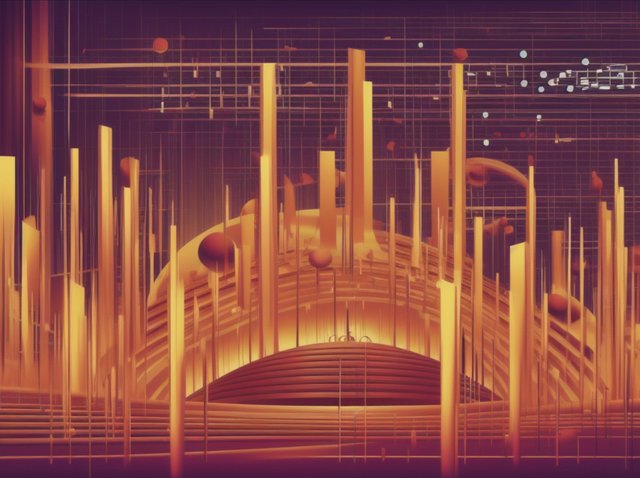What is Orchestration?
What is Orchestration?

Orchestration is the art of arranging music for an orchestra, deciding which instruments will play which parts, and creating a full, balanced sound. A skilled orchestrator can enhance a composer's work by adding depth, color, and texture to a piece of music, bringing it to life in new and exciting ways.
One example of excellent orchestration is in "Rhapsody in Blue" by George Gershwin. This iconic piece for piano and jazz band was later orchestrated for full orchestra by Ferde Grofe, who added lush string sections, woodwind solos, and brass accents to the original composition. The result is a rich and dynamic piece of music that showcases the full range of the orchestra.
Another example of great orchestration can be found in "The Planets" by Gustav Holst. Each movement of this suite is dedicated to a different planet in our solar system, and Holst uses a variety of instruments and musical techniques to evoke the unique character of each planet. For example, in the movement dedicated to Mars, the Bringer of War, Holst uses a powerful and driving brass section to create a sense of impending conflict, while in the movement dedicated to Venus, the Bringer of Peace, he uses soft, dreamy strings and woodwinds to create a sense of serenity.
Here are the links to the above pieces:
"Rhapsody in Blue" orchestrated by Ferde Grofe:
"The Planets" by Gustav Holst:
Another example of great orchestration can be found in "The Firebird" by Igor Stravinsky. This ballet tells the story of a magical bird that helps a prince rescue a princess from an evil sorcerer. Stravinsky's orchestration is rich and vibrant, with dramatic brass fanfares, sweeping strings, and playful woodwinds. The music perfectly captures the whimsy and drama of the story.
Here is the link to "The Firebird" by Igor Stravinsky:
All of these pieces are excellent examples of how orchestration can enhance a piece of music and create a full, immersive sound. Whether you're a fan of jazz, classical music, or ballet, there's sure to be an orchestrated piece out there that will captivate and inspire you.
But orchestration is not just about adding more instruments and creating a bigger sound. A skilled orchestrator also knows how to use the different instruments and sections of the orchestra to create a sense of balance and clarity. For example, if the composer has written a melody for the oboe, the orchestrator may choose to have the strings play a soft accompaniment while the other woodwinds provide gentle counterpoint. By carefully choosing which instruments play which parts, the orchestrator can create a sense of depth and texture that adds richness and complexity to the music.
Orchestration is a complex and challenging art form that requires a deep understanding of musical instruments and their capabilities. It also requires a great deal of creativity and imagination, as the orchestrator must be able to envision how the different instruments will sound together and make choices that will bring out the best in each one.
In conclusion, orchestration is an essential element of music composition that can take a piece of music to new heights. It requires skill, creativity, and a deep understanding of musical instruments and their capabilities. So the next time you listen to a piece of music, take a moment to appreciate the orchestration and all the hard work that went into creating the full, rich sound that you hear.